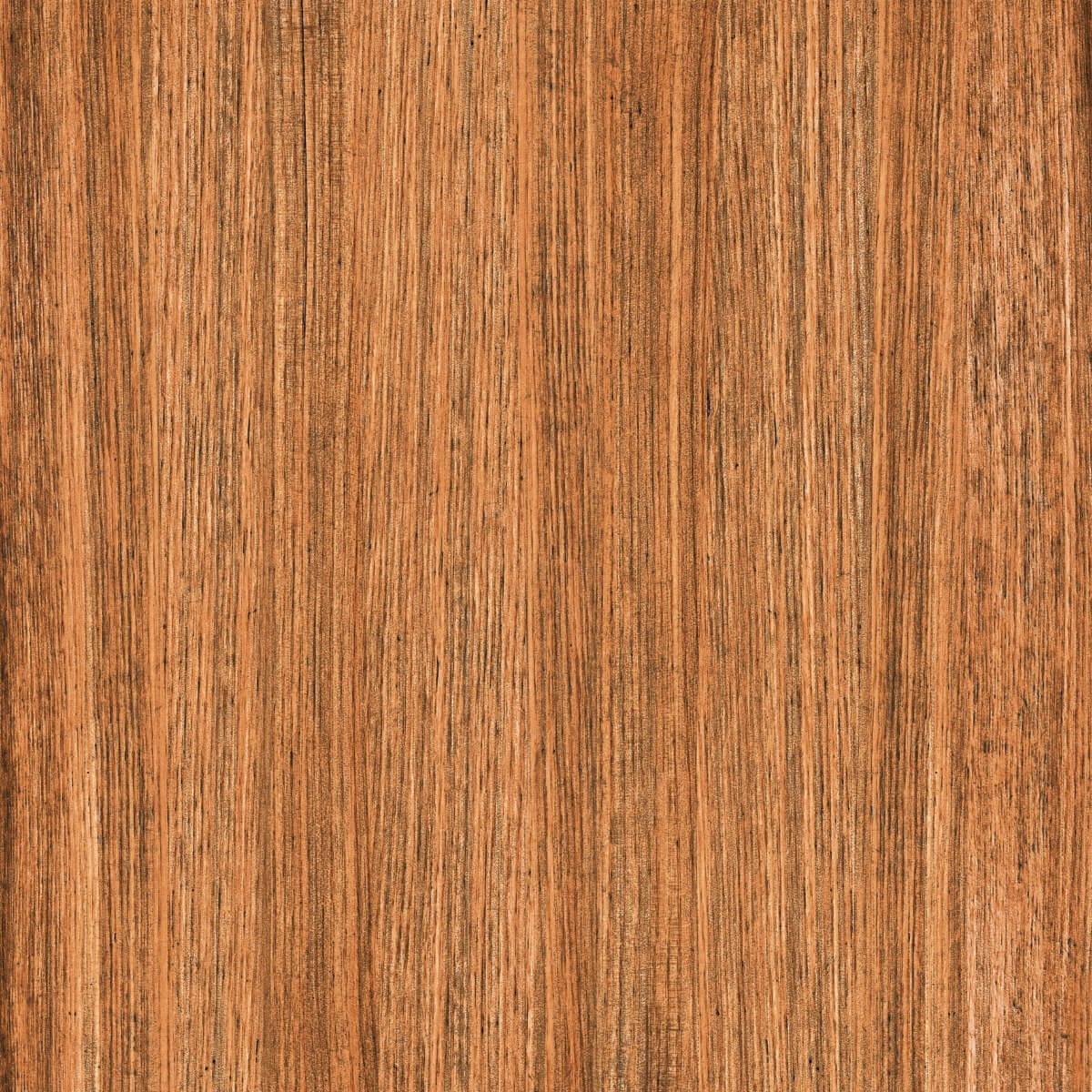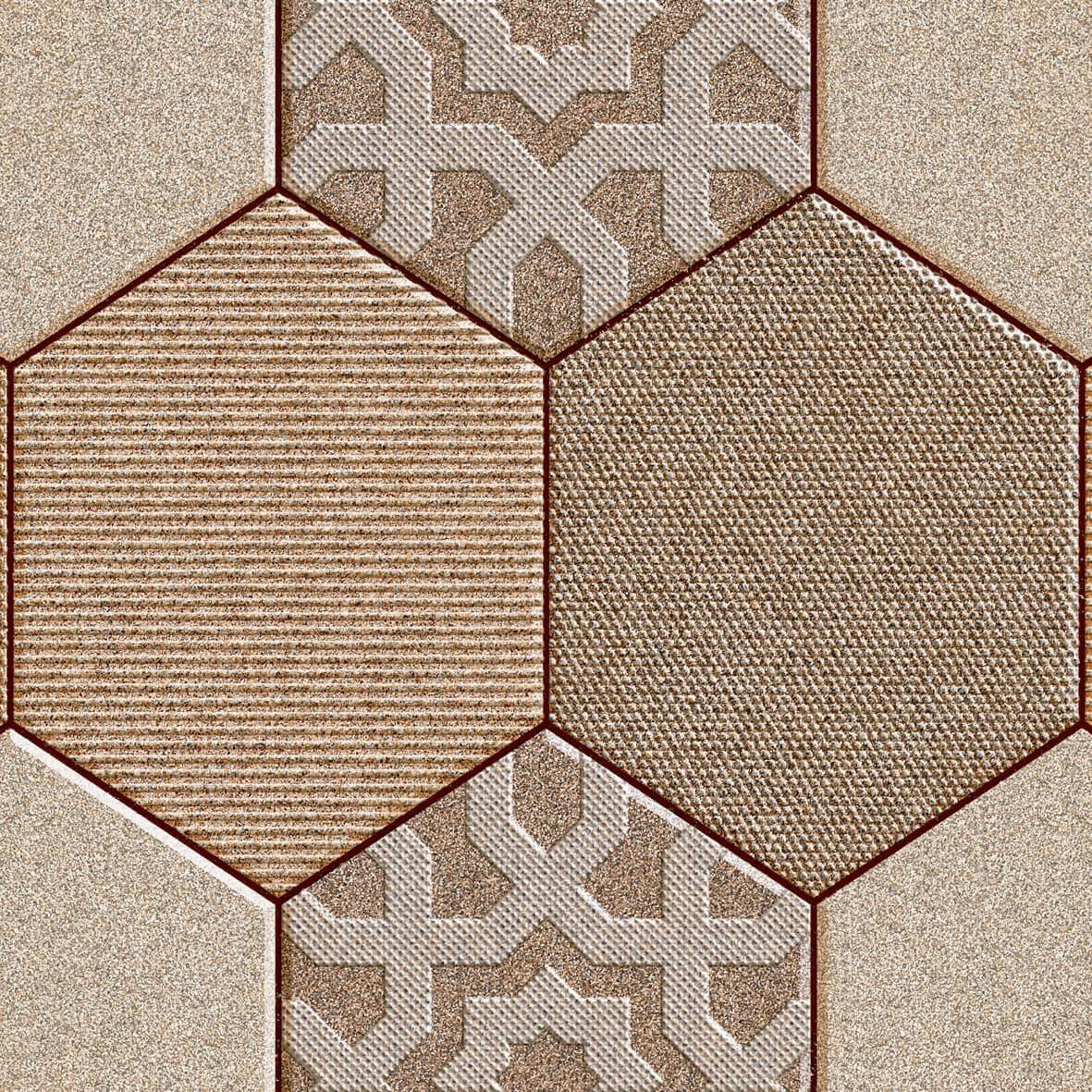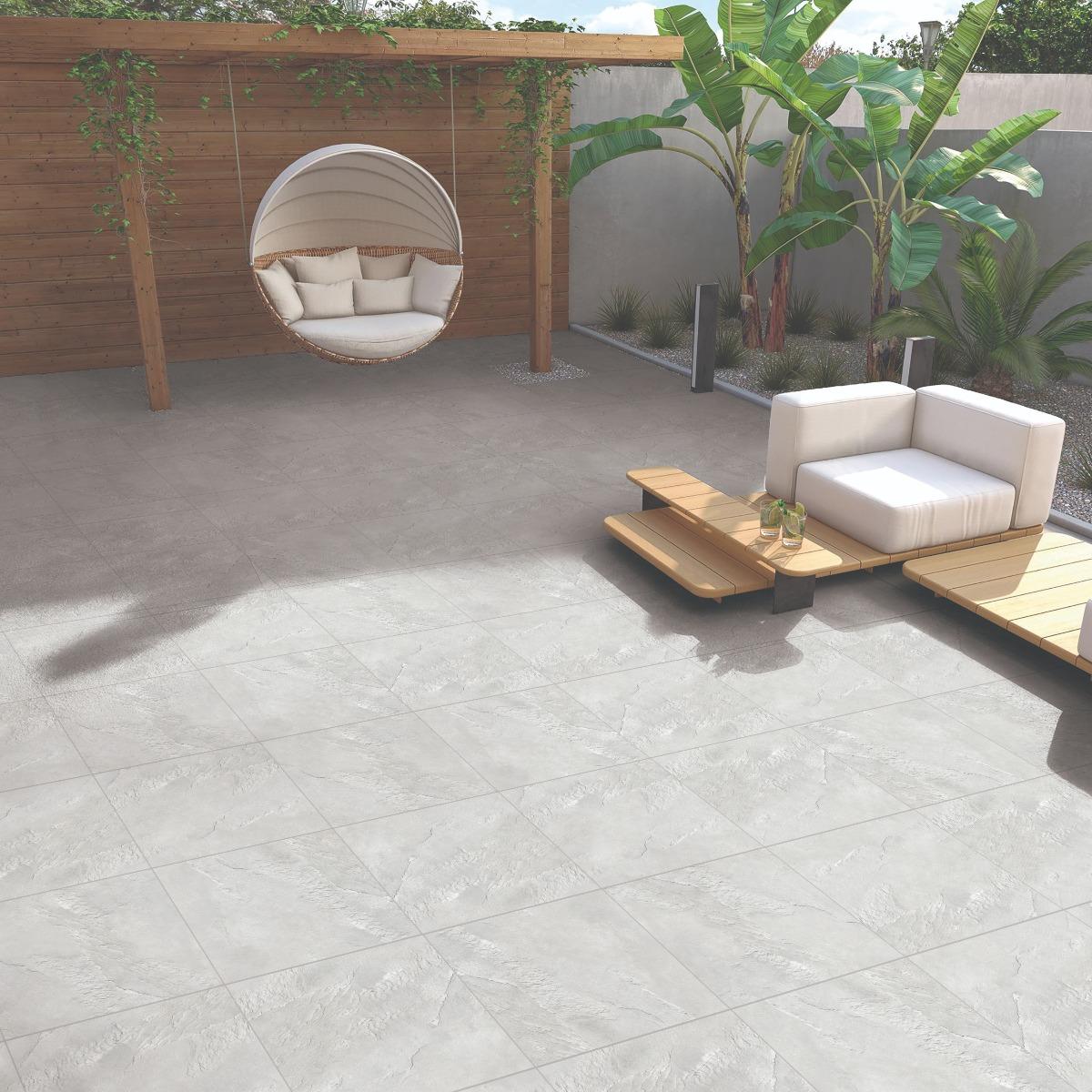Stationary Electric Charge, commonly known as static charge, is created when two surfaces rub against each other like the shoes and the floor. In any environment, the movement of people and objects constantly creates risks of electrostatic discharge from a number of sources. The static charges can accumulate on the surface of an object until they find a way to be released or discharged. In our daily routine, we all face it. For example, shuffling your feet across a carpet can build up a static charge on your skin which can be suddenly discharged as a shock when you touch some objects. We usually refer to it as ‘getting a shock’ off a person or an object. In most instances, the charge so built up is very low, and its effect is almost negligible and harmless for you or the person you touch.
However, in certain environments, it can be extremely dangerous and even turn out to be disastrous. In electronic sensitive areas like petrochemical factories, television or mobile assembly units, chemical plants, data centers, hospitals, server rooms or fire-prone areas, static charge is a major area of concern as it can cause serious damage and accidents.
Electrostatic charge can have several harmful effects, including device malfunctioning, data loss, electronic shocks and fire accidents. Static sensitive areas require static control flooring to avoid all such disasters. Installing anti-static flooring is an essential, rather an inevitable step in creating a safe environment for the workers and visitors.
What Is Anti-Static Flooring?
Anti-static means a process or condition where generation of the static charge is controlled during the contact and separation with another surface or material. Anti-static floorings are made of materials and systems that are specially designed for use within sensitive environments, to remove or prevent the build-up of static electricity and reduce its discharge.
Anti-static flooring reduces the accumulation of static charge that builds up in any environment and its transfer through the floor to the ground, thus avoiding any accidents, shocks and mishaps and ensuring a safe working area for employees or visitors.
Things to Consider While Choosing Anti-Static Flooring
Some surfaces like coated concrete or vinyl or epoxy floors may provide somewhat anti-static properties by dropping the charge build-up when used for flooring. They can be potentially considered as anti-static flooring. However, such static coated floors do not provide a controlled surface to handle static charges. Authentic and reliable static control flooring systems require a connected ground so that the static charges can dissipate safely. Paramount anti-static flooring systems provide the lowest charge generation and quickest charge dissipation, thereby mitigating possible hazards from the floor due to static charges.
![]()
Anti-Static Tiles
Orientbell offers a range of special patented anti-static conductive tiles for their customers to address all the specific concerns on static charge hazards. These tiles meet critical requirements of such sensitive areas and help in compliance with industrial safety norms.
Orientbell’s anti-static tiles have a surface charge collector at all corners. The conductive grout collects the charge and passes it to the ground via conductive wires below the tiles.
Anti-static tiles are available in two shades of blue colour, dark blue and light blue. The distinct shades add variety to the look of the spaces and also make it easy to demarcate areas according to the specific requirements.
The anti-static tiles offered by Orientbell are available in satin finish, which attracts less dust. According to research, if dust is not regularly removed, it can raise the temperature of the instruments and electronic equipment, eventually leading to the failure of the equipment. Due to the satin finish of the anti-static tiles, dust does not get accumulated on the surfaces, which in turn helps in protecting the expensive equipment and machinery for a longer period. A static hazard-free tiled area eventually leads to a smooth and sustained functioning of critical equipment.
Anti-Static Tiles vs. Vinyl or Epoxy Flooring: Choosing the better option
Conductivity Performance
Anti-static tiles offer much better conductivity performance than regular vinyl or epoxy flooring due to the presence of metals in the glaze. Orientbell’s anti-static tiles have a surface electrical resistivity range of 10^4 to 10^5 ohm per square. These tiles have a surface charge collector at all corners. The conductive grout collects the charge and passes it to the ground via conductive wires below the tiles.
![]()
Compression
Anti-static tiles are made up of a vitrified base body and, therefore, are not affected by or compressed due to load. However, under load, vinyl and epoxy flooring become thinner and brittle over a period of time.
Chemical Resistance
There is no effect of acid and alkalis (except HF acids and its derivatives) on anti-static tiles. On the other hand, vinyl and epoxy flooring are not chemical resistants. Such flooring has extremely high chances of reacting even with mild acids and alkalis.
Water Absorption
Many epoxy floors claim to be waterproof, but they are only temporarily waterproof. They rely on a thin topcoat of sealant to keep the water out which wears off over time and allows liquids to penetrate. The moisture underneath destroys the adhesive. However, water absorption in anti-static tiles is almost nil to negligible.
Fungus Formation
As anti-static tiles do not react with moisture or allow water penetration, there is no possibility of fungus formation. On the other hand, vinyl and epoxy flooring is not very effective in keeping water at bay. Humidity and moisture result in fungus formation.
Fire Resistance
Anti-static tiles remove the static electricity charge from the surface of the tile and earth.Hence anti-static tiles are fire resistant and provide complete safety, whereas vinyl and epoxy flooring is prone to catch fire. The accumulated static electricity could lead to sparks, thereby causing fire hazards in areas like petrochemical industries, defense industries, chemical plants, bulk drug plants, and other fire-prone areas.
![]()
Abrasion and Discoloration
There is no effect of wear and tear on anti-static tiles and its colour also remains intact even after years of installation and usage. However, in case of vinyl and epoxy flooring, there are higher probabilities of wear and tear and colour discoloration. Abrasion has extreme effects on the products which are prone to it. The wear and tear leads to the passing of charge and thereby it loses the very sanctity of being anti-static. Orientbell’s anti-static tiles are abrasion-resistant and, therefore, give you a solution for the longer term.
Maintenance and Stain Resistance
Orientbell’s anti-static tiles provide good stain resistance properties to effectively maintain the finishing of the floor. They are stain-resistant and very easy to clean and, therefore, require nil to low maintenance. Being glazed vitrified tiles, they are virtually stain-proof. All this helps in maintaining good housekeeping norms. On the other hand, vinyl and epoxy flooring can easily get stained and demand high maintenance.
Orientbell tiles significantly reduce the generation of static charge. Whatever little charge is produced is conducted away from the point of generation to electrical grounding, ensuring safer working spaces. These anti-static tiles help in mitigating the static charge hazards, help in meeting safety norms and at the same time provide an excellent aesthetic ambience to your workspace. Stay safe with these tiles!



























